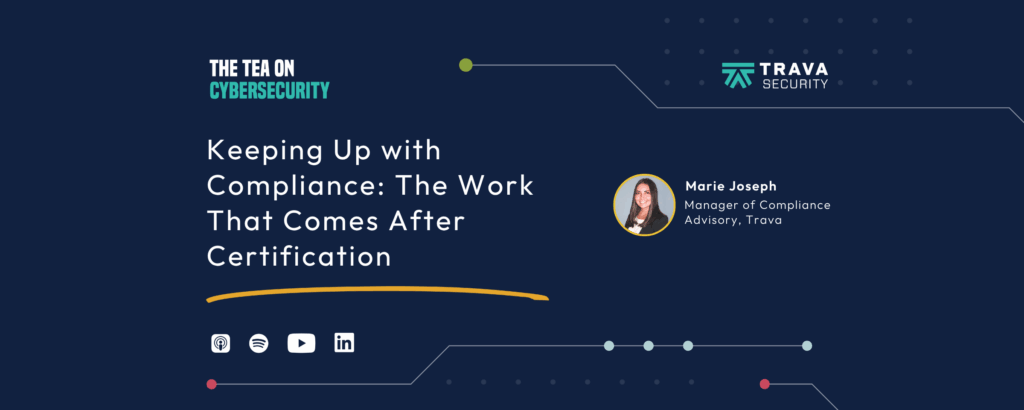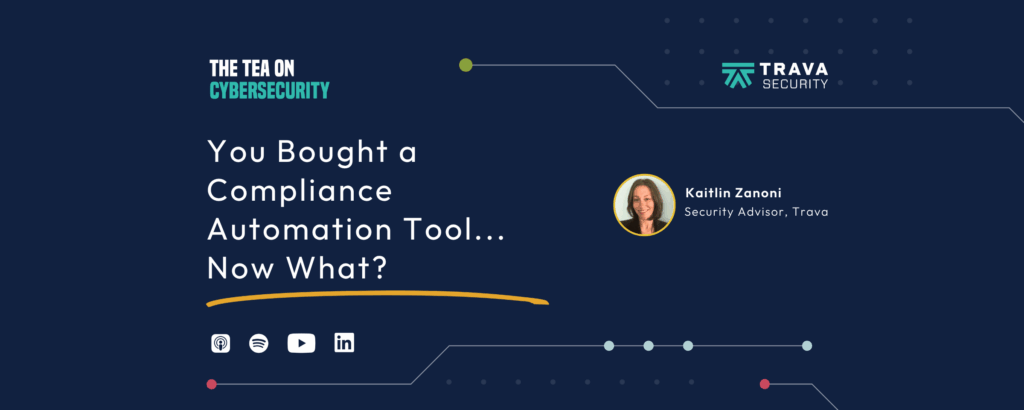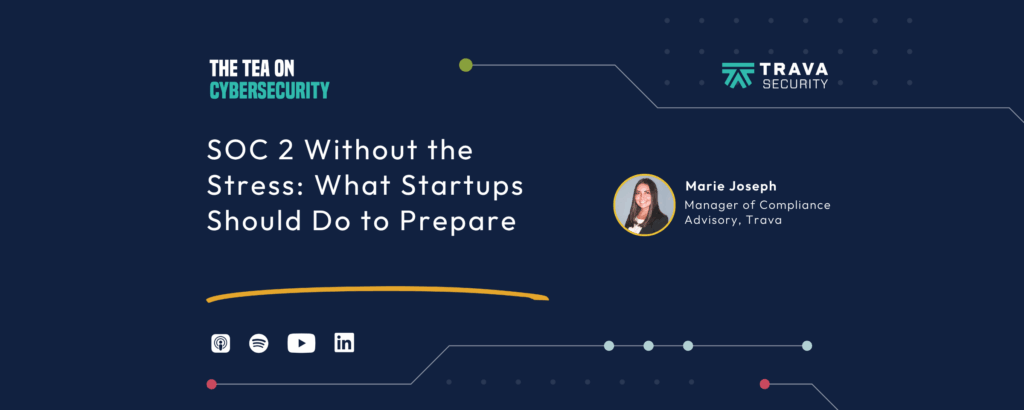Boost Your Cybersecurity with Continuous Threat Exposure Management (CTEM)
Your business is constantly evolving. But how do you know where the weak spots are or which ones actually matter? In a fast-moving environment, understanding your vulnerabilities before attackers do is critical. In this episode, Anh Pham, Director of Penetration...












